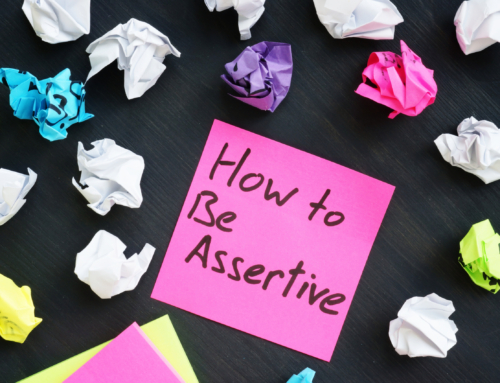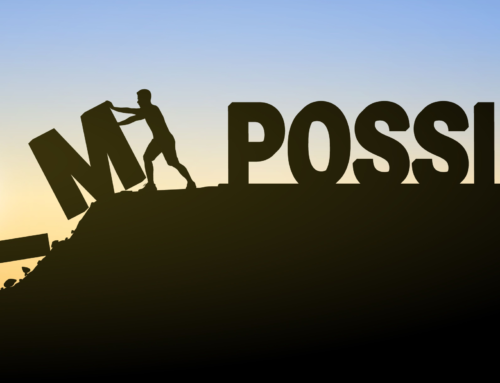For many years now I have used the Change Model mostly attributed to Dannemiller (but actually originally developed by David Gleicher) for wholesale change in an organisation. It looks like this:

It’s a fantastic model to build your change communications plan from and has served me very well as a reminder of what to base my strategies on or what may be missing if a change program goes off the rails.
I was speaking to one of my coaching candidates the other day about a particular issue he was facing about having a difficult conversation with a report.
The conversation involved getting the report
to do a difficult and mundane task that
my coachee would have normally taken on
(he does it because of the negatives involved and because he doesn’t want to pass something he doesn’t enjoy onto someone else, even though it’s outside his work level).
My initial reaction was to go to the WIIFM question (what’s in it for me). Then I thought about how to build that into a framework and the Dannemiller model. Let me break my approach down:
R: There is an assumption of resistance because it’s a conversation. The level of resistance is not really measurable, it’s initially assumed but just because it’s a job you don’t like doesn’t actually mean the other person won’t, but let’s assume there is a level of resistance. The goal is to overcome this.
DxVxF: Is your conversation covering all of these bases? Have you explained why the job needs to be done, the current concerns, issues with the status quo? Have you explained the future state (what the benefits are etc) and have you taken time to explain how to get started or even taken a moment to help them with the first part?
All of this sits within the WIIFM framework. My coachee needs to consider what’s in it for him to have the role done effectively and efficiently by someone else and he needs to consider the WIIFM aspect for the report (or assignee).
From the report’s point of view the WIIFM aspect may be driven by different factors such as ambition, a desire to help out the business/individual, an opportunity to do something differently, or even a specific reward (time off, coffee, bonus etc). Thinking about these things can help you formulate an approach to the conversation. You can see where it might change depending where you want to put it into the formula. Reward may sit into the vision, a desire to learn and develop may sit in the first steps or negative consequences to the individual will sit in the dissatisfaction component. Where you put the emphasis will help address the resistance – that is to build the equation up on the positive side. It needs to be something that will have the desired impact, which will take some thinking and consideration.
When we have a difficult conversation, we tend to get defensive and come out with lines such as “don’t argue, just do it” or “I don’t have time to explain it to you” – just think of the conversations you have had when the kids put up some resistance.
How many times have you heard a manager say they wish they could tell someone to “just do it”?
In the work context these approaches
do not
engender an attitude of quality and productivity,
only possible compliance.
If your conversations are not influencing people or engaging and motivating them to achieve the outcomes you or your business is looking for, consider using this approach and see if it makes a difference.
Career Life Transitions program is rewarding from a developmental perspective. Peter James is proving an immeasurable amount of help and guidance during a very important transition in my career, and has helped me grow both professionally and personally.
The program is amazing. Using Career Life Transitions program really highlights your strengths and weaknesses, and gives me the direction I need to decide which pathway to take. Career Life Transitions has altered the course of my career. Gavin Berg, Aeronautics Industry














Dr Susan Roberts says: